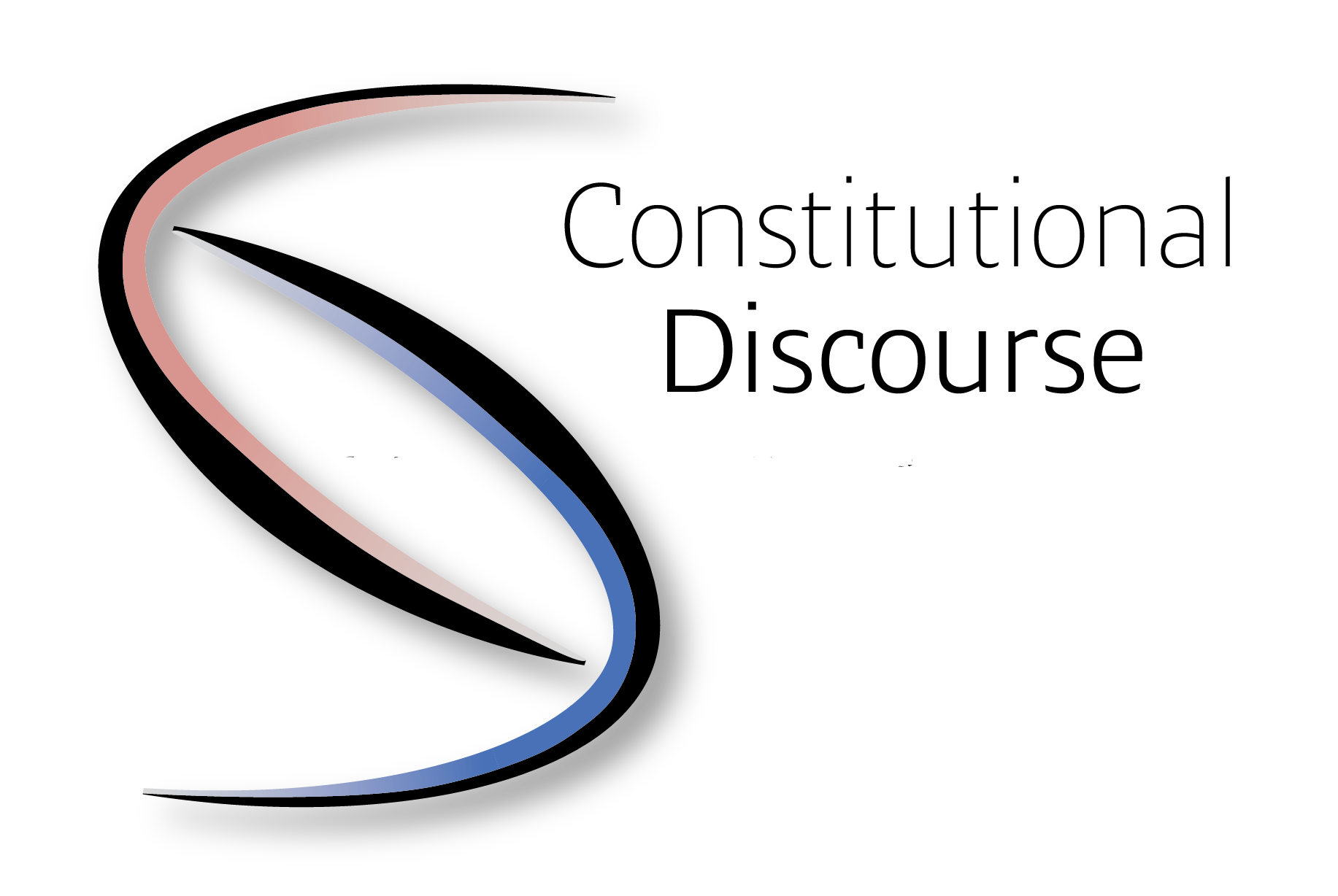The Proposal of the European Parliament for the Amendment of the Treaties: a Document Influenced by Lobbyists?
In previous posts published on Constitutional Discourse, we have analyzed the proposal of the European Parliament for the amendment of the founding Treaties (Treaties) of the EU, adopted by its plenary in November 2023. The European Parliament has recommended a
The proposal of the European Parliament for the amendment of the Treaties: a slim majority for major institutional changes?
A previous writing on Constitutional Discourse has analyzed the proposal of the constitutional affairs committee of the European Parliament for initializing the ordinary revision procedure of Article 48 TEU for the amendment of the Treaties. Last week, the report has
Striving for Digital Age Fitness: The EU’s Quest to Pave the Way for a New Global Digital Era
In an era defined by the relentless march of technology and the ever-expanding digital landscape, the European Union (EU) stands at the forefront of a global legislative revolution. The global digital revolution is an opportunity for the EU to wield
Reaching over the Heads of Member States—Reflections on an Earlier Post by Árpád Lapu.
In a previous blogpost, Árpád Lapu wrote about how the European Commission often chooses legal bases for proposals (especially in the framework of the EDAP package) that do not coincide with the main purposes of the proposals, and how the
Dalma MEDVEGY: National Security and the Resulting Issues of EU Competence – An (In)Secure Correlation?
The foundations of the European Union are defined in the Founding Treaties, through which Member States transferred certain competences to the Union, as it originally does not have any competence and can only act through power conferred by Member States.
Árpád LAPU: AnEl-Ep-Hant in the Room: The European Parliament’s Proposal on the Modification of the Treaties
The Constitutional Affairs Committee (AFCO) of the European Parliament has discussed the draft report on the proposal of the European Parliament for the modification of the Treaties on the 14th of September. During the next meeting of the Committee, it
Norbert TRIBL: Trends and Shadows: the Future of European Constitutional Courts
Perhaps one of the biggest challenges we have faced in recent years is the future of Europe and European integration. Since its inception, the European Union has been built on compromise, for want of a better solution, and has been
Árpád LAPU: The Council as a second chamber – an idea contrary to the principle of institutional balance?
During the last years, numerous institutional reform-proposals have surfaced in the European public discourse and in the EU institutions, aiming to improve the visibility of the EU institutions in the eyes of the European public. One of the reform-proposals that
Árpád LAPU: The EDAP, Legal Bases and the Issue of Indirect Legislation. Safeguard or Competence Creep?
The current legislative period (2019-2024) of the European institutions is without doubt an eventful one, with many questions arising for researchers to find interesting conclusions. A previous article „Stocktaking of the EP’s Current Legislative Term – One for the Books”
Márton SULYOK: “Seeking Out New Galaxies”? – Essential State Functions and the ‘Regulation Revolution’ in the Context of Digitalization
On 16 September 2023, I was invited to participate at a workshop organized by colleagues at the University of Szeged, Miskolc, Barcelona and Roma Tor Vergata on Essential State Functions in the Age of Digitalization. The workshop was held as




